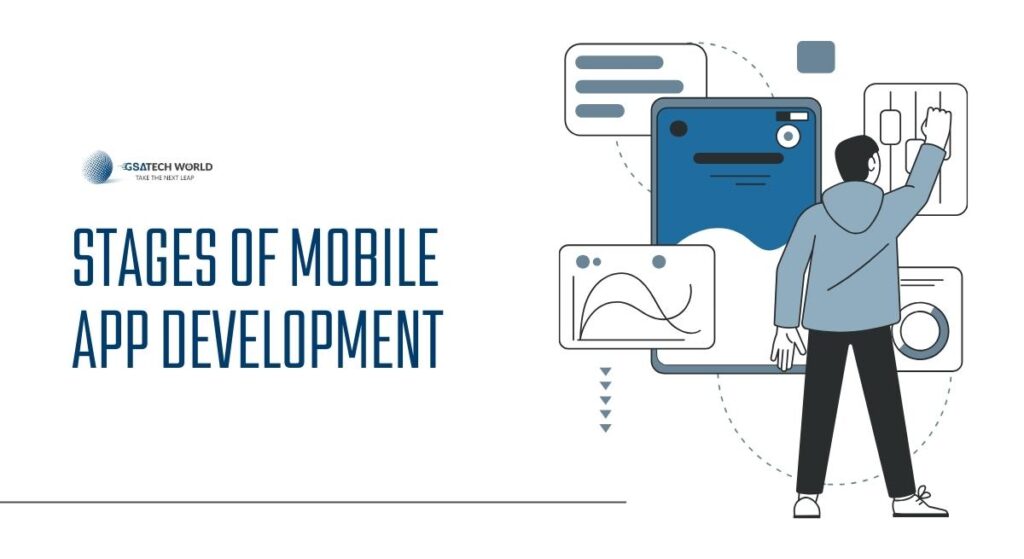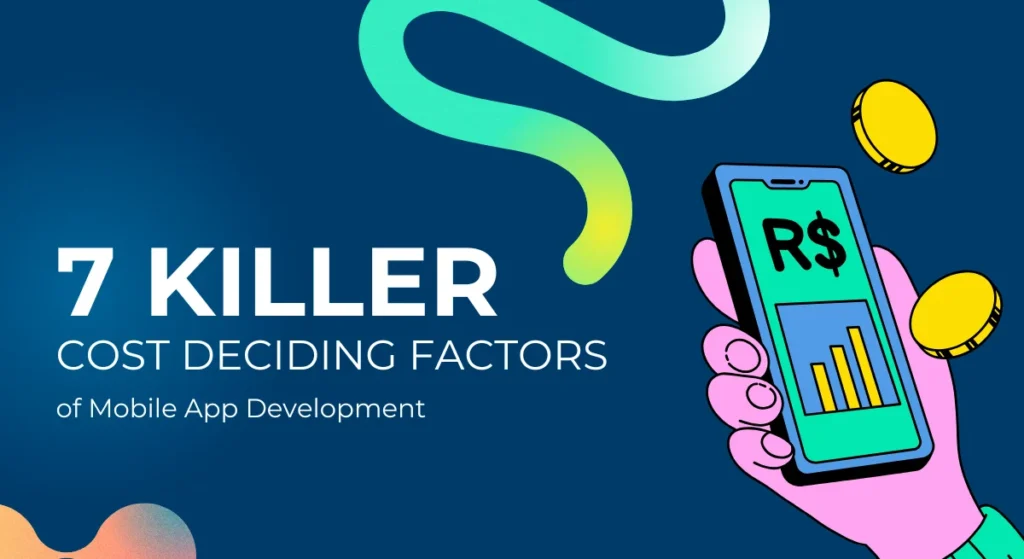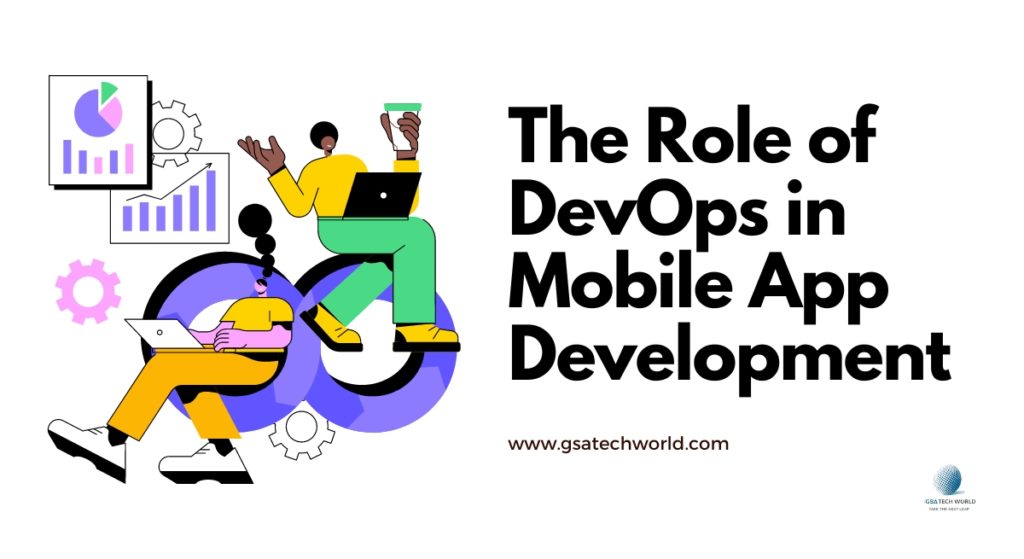Table of Contents
Introduction: 6 Stages For Mobile App Development
Mobile app development is a structured process that transforms a conceptual idea into a functional application ready for smartphones and tablets. The process involves a series of stages, each stage being important in ensuring that the final product meets the desired goals and provides an exceptional user experience. From initial idea to deployment and beyond, these steps guide developers in creating innovative, user-friendly applications that meet specific needs and priorities. This comprehensive guide outlines the key stages involved in mobile app development, providing insight into the complex stages that contribute to the success of any mobile app project.
1. Strategy
Identify Objectives
In the early stages of mobile app development, crafting a solid strategy is paramount. This involves determining how the app can enhance your business and benefit your customers. Regardless of whether it’s a consumer-oriented or enterprise-level app, the process starts with defining key objectives. Here are some basic questions to address:
- What specific problem will your app solve?
- Who constitutes the target user base?
- What measurable results are you aiming to achieve?
Although you may already have an initial idea for your app, it’s important to document these goals to maintain focus and direction during the development process.
Competitive Research
After setting objectives, the next strategic step involves researching your current or potential competitors. This includes checking whether similar apps already exist in the market, evaluating their performance, and analyzing factors such as the number of installations and user reviews. This competitive analysis serves two essential purposes: avoiding common industry pitfalls and finding ways to effectively differentiate your app.
Platform Selection
At this stage of strategy development, you need to make an important decision regarding the platform for your app. Will it be tailored for Android, iOS or perhaps a cross-platform solution? Although we’ll explore platform options in more detail later, it’s important to start considering this aspect early in the process.
2. Analysis And Planning
Defining Requirements
As you move into the analysis and planning phase, you probably have a clear concept of your app and have done some preliminary research. Now is the time to be practical and define all the necessary details before diving into design and development. This also includes:
Functional requirements: Documentation of the specific tasks and functions that your app will perform. It provides clarity on the features that need development.
Non-functional requirements: Addressing quality aspects of your app’s performance that significantly impact the user experience.
Product Roadmap
Creating a roadmap for your app is similar to creating a framework for its future development. It includes a detailed plan of how you will achieve your set objectives. When launching your minimum viable product (MVP), you want it to be successful and free from potential failures. Thus, the product roadmap covers all the desired functionality for your app on a priority basis, and consideration is given to what features can be added in future updates.
Technology stack
This phase also includes identifying the technical requirements for your mobile project. For example:
If you’re building an iOS app, you’ll need experienced iOS developers. If you’re aiming for a cross-platform app, you’ll need expertise in Titanium, Xamarin, and other technologies suitable for multi-platform development. Before moving forward it is important to ensure that you know how to choose the right technology.
UI/UX Design
User interface (UI) and user experience (UX) design are important for creating an app that users will love. It is necessary to pay careful attention to these aspects to avoid losing users to competitors. Let’s explore the key role components of UI/UX design:
Information architecture and workflow: Establishing rules for how data will be presented, displayed, and interacted with within an app. Workflow diagrams help map user interactions and navigation.
Wireframe: Creating digital sketches (wireframes) that outline the conceptual layout and functionality of an app, with an emphasis on user experience and aesthetics.
Style Guide: Creating a style guide that includes design elements such as fonts, colour schemes, spacing, buttons, widgets, and other relevant aspects. These guides maintain consistency and ensure a cohesive look and feel for your app.
Prototyping: Developing prototypes to simulate the user experience and entire app workflow. This helps identify design and functionality issues that may need to be addressed.
3. App Development
With the design phase complete, you move on to one of the most important stages of mobile app development, which involves both backend and frontend development.
Backend Development
Backend development involves the creation of the database and server-side components responsible for the performance of your app. During this phase, your project team selects appropriate programming languages, codes the app, and chooses the database engine and hosting environment. The quality of backend work is important as it determines the scalability of the app, allowing it to expand as the user base grows.
Foreground Development
The front end is the part of the app that users interact with, making it crucial for a seamless user experience. There are three primary approaches to building a frontend.
Platform-specific: These apps are designed specifically for each mobile platform (iOS and Android), optimizing the code for each separately. Although this approach can be costly, it often provides better speed and responsiveness.
Cross-platform: Cross-platform solutions allow apps to run on multiple platforms with the same codebase, ensuring cost-effectiveness and code reusability.
Hybrid: Hybrid solutions combine aspects of platform-specific apps and web applications. Developers write app code using standard web technologies and execute it within the native shell. This approach is suitable for apps targeting multiple platforms while saving development time.
4. Mobile App Testing
After app development, thorough testing is necessary to ensure a stable, secure, and bug-free solution. Your app should go through five primary testing methods before deployment.
Functionality testing: This ensures that all app features work correctly.
Performance testing: Evaluates the responsiveness of the app and its ability to handle increased concurrent users.
Security testing: Important for apps development that operate in regulated industries (e.g., mobile insurance and healthcare), as it focuses on data security. Security is also important for consumer apps to build user trust.
Platform and device testing: Given the constant evolution of mobile devices and operating systems, it is essential to test your app on different devices or simulators to maintain compatibility.
Extended Review: Before deploying the app, consider testing it with real end-users through focus groups or beta launches to gather valuable feedback.
5. Deployment
When your app is ready to deploy, the delivery model depends on the target platform. There are two primary deployment options.
App Store: You can submit your app to Apple’s App Store or Google’s Play Store, where it is reviewed. It’s worth noting that the App Store has strict approval standards, especially for iOS apps. It is important to meet high standards for approval.
Private distribution: Alternatively, you can opt for private distribution, including Apple’s Developer Enterprise program or using an alternative distribution of Android. These methods cater to specific scenarios and allow you to distribute your app outside of traditional app stores.
6. Support And Performance Monitoring
Once your app is live and users are downloading it, ongoing support and performance monitoring becomes essential. This step is often underestimated in terms of time and effort, but it is critical to the long-term success of the app. Key performance indicators (KPIs) to monitor include:
- app download
- active users
- average travel time
- retention
- churn rate
- Change
- customer lifetime value
- Ratings and Reviews
Additionally, monitor crashes, bugs, customer feedback, and overall app performance. This data is invaluable for optimizing and improving your app over time.
It is important to note that mobile app development does not end with deployment. Regular updates are required to adapt to changing operating systems and review guidelines and performance standards. Ongoing maintenance for a mobile app is essential to ensure that your app remains functional and competitive. You can choose to manage it internally or seek the help of an external software development company for maintenance and updates after launch.







